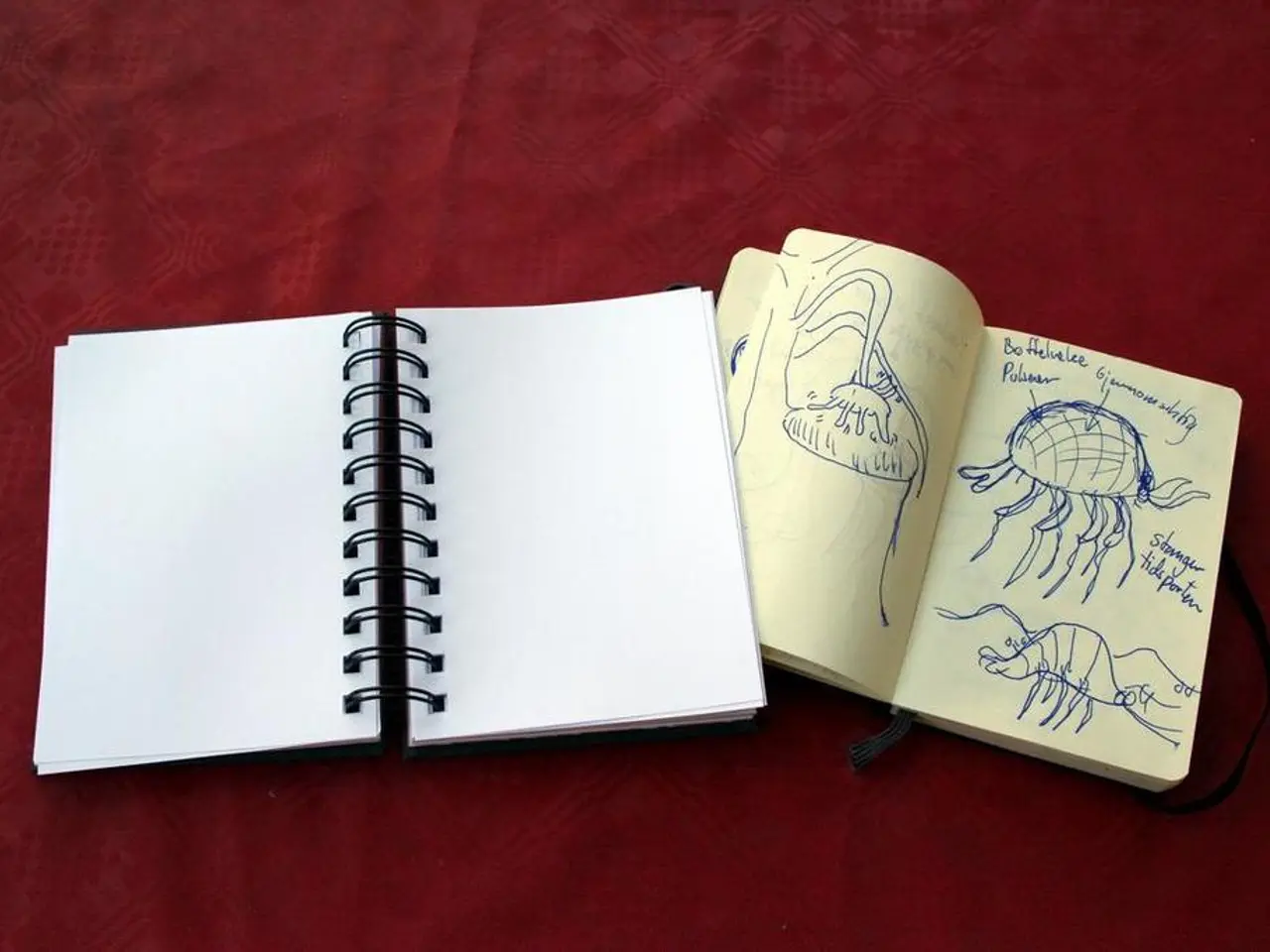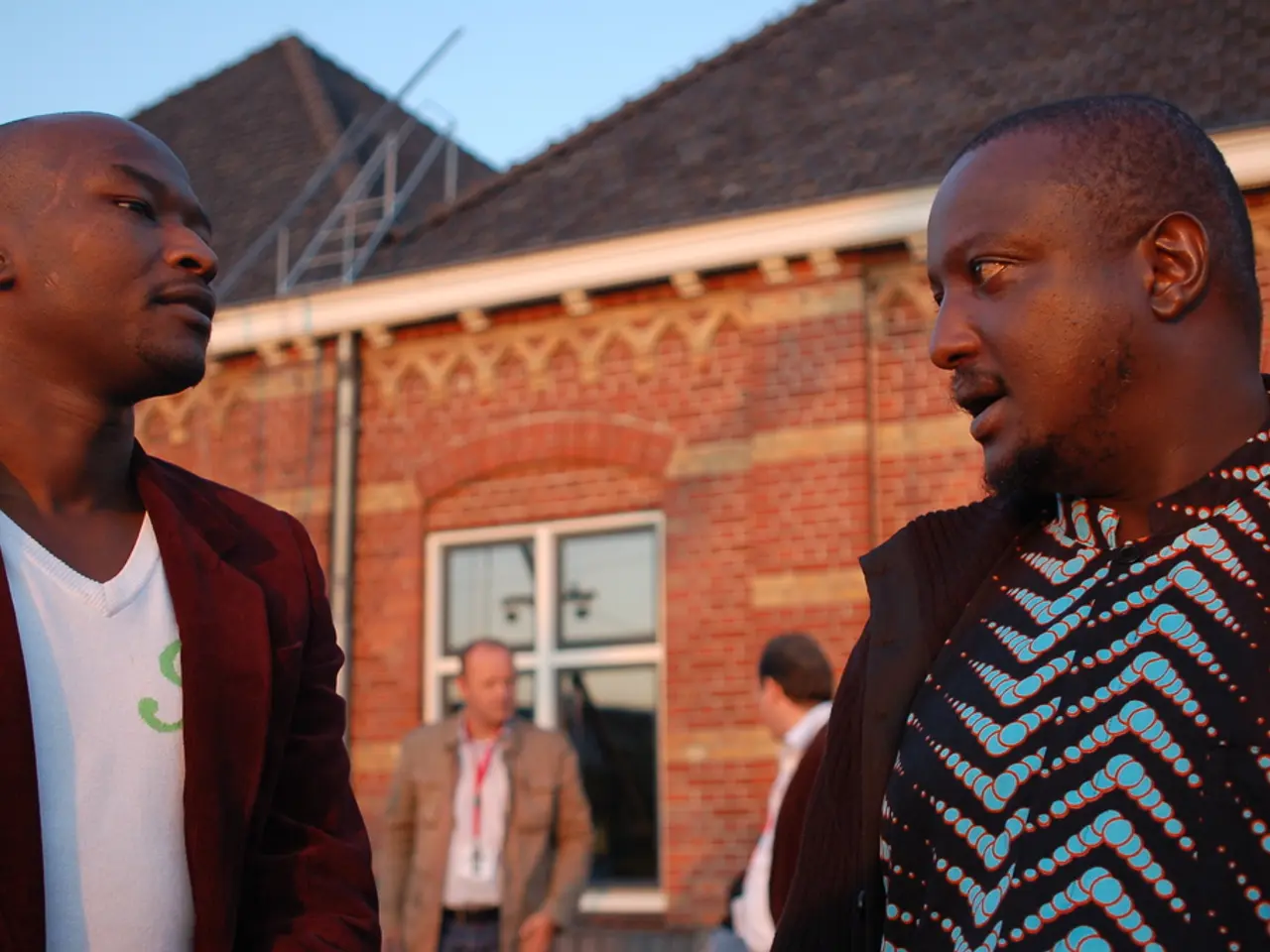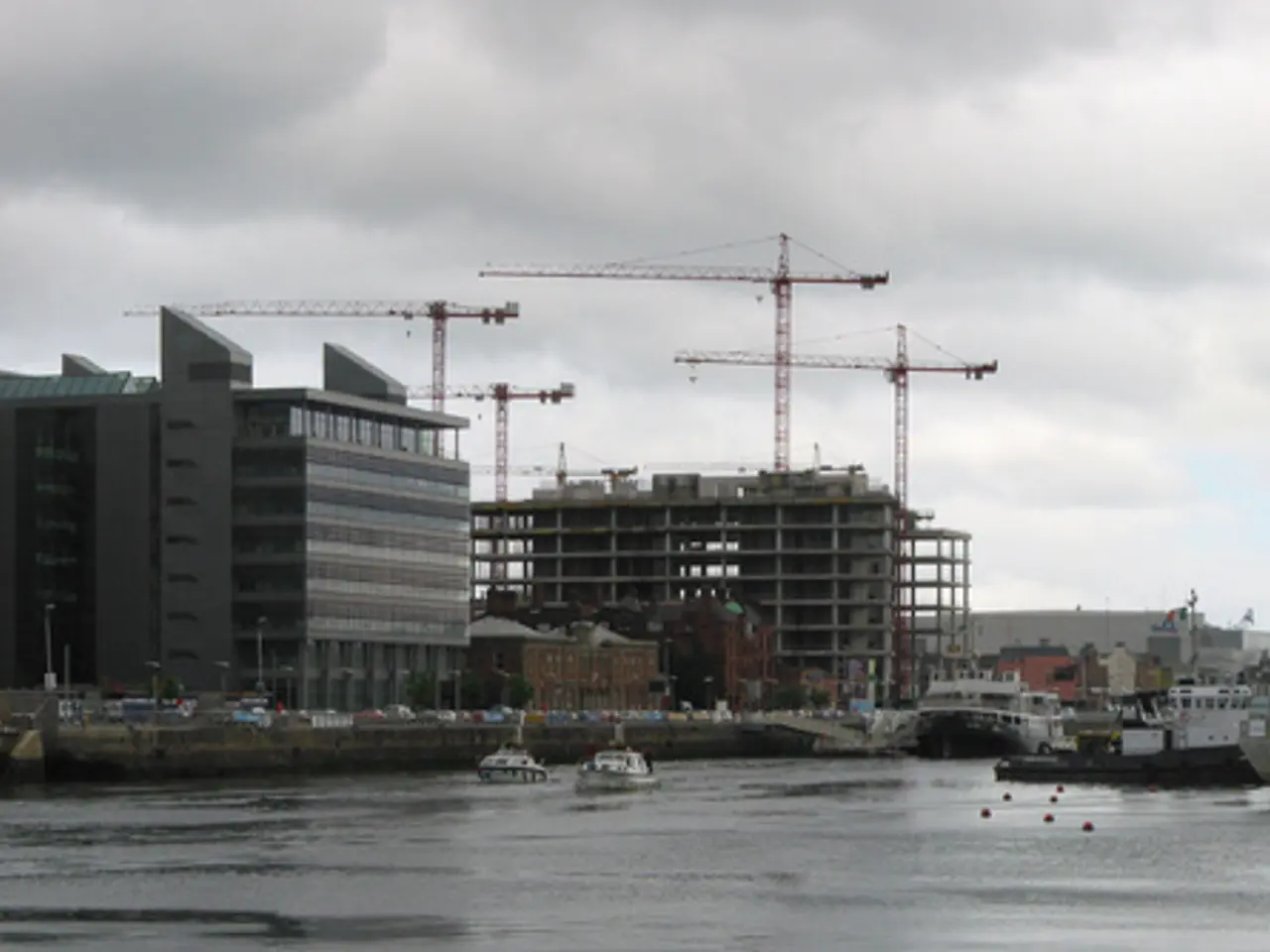Ishiba Advocates for Reworking U.S. Aspect of Tariff Executive Order
In the midst of a strategic trade and investment agreement between the United States and Japan, Japan is urging the U.S. to revise President Donald Trump's July 31, 2025, executive order on reciprocal tariffs. The order imposes a 15% tariff on imports from Japan, contradicting an earlier bilateral understanding that Japan would not face these tariffs on goods already subject to tariffs of 15% or higher.
The executive order on reciprocal tariffs, signed by President Trump late last month, went into effect on August 7, 2025, despite Japan's ongoing requests for a revision. This move has led to an increase in the overall U.S. effective tariff rate to about 18.6%, the highest since 1934, complicating trade dynamics between the two nations.
Prime Minister Shigeru Ishiba of Japan has been vocal in his calls for the U.S. to amend the executive order. He has emphasised that there are no misunderstandings between the two countries regarding their agreement and has continued to press Washington through all diplomatic channels for an immediate revision to reflect their accord properly.
The reciprocal tariffs under the executive order affect trading partners of the United States, including Japan. For products with a levy of less than 15% in Japan, the reciprocal tariff rate under the agreement is set at 15%, including the pre-existing tariff.
The situation presents legal challenges on statutory grounds, with some court cases questioning the President's authority to impose the tariffs. However, they currently remain in force pending further judicial review. This adds uncertainty to the trade environment and could affect the implementation or revision of tariffs impacting Japan.
The U.S.–Japan strategic trade and investment agreement, announced in late July 2025, includes provisions for Japan to increase imports of U.S. agricultural goods and energy products, and commit $550 billion in investments aimed at revitalizing U.S. industries. However, the tariffs under Trump's executive order remain a point of contention as they overlay pre-existing tariffs and directly impact Japanese exporters.
In summary, Japan is pressing the U.S. to amend the executive order to honour the pre-existing understanding on tariff rates, yet the 15% reciprocal tariffs remain active and are currently impacting trade relations, overlaying the new strategic trade agreement framework intended to expand bilateral economic ties.
- The ongoing dispute over reciprocal tariffs, instated by President Trump's executive order, has led to concerns in Japanese media, with photo after photo of Prime Minister Shigeru Ishiba addressing the issue, emphasizing the need for a policy-and-legislation change to uphold the bilateral agreement.
- As the trade tension continues, general news outlets are reporting increased political uncertainty, with diplomatic relations between Japan and the United States under the microscope, as Japan seeks a revision of the tariff policy to align with the recently established U.S.–Japan strategic trade and investment agreement.








